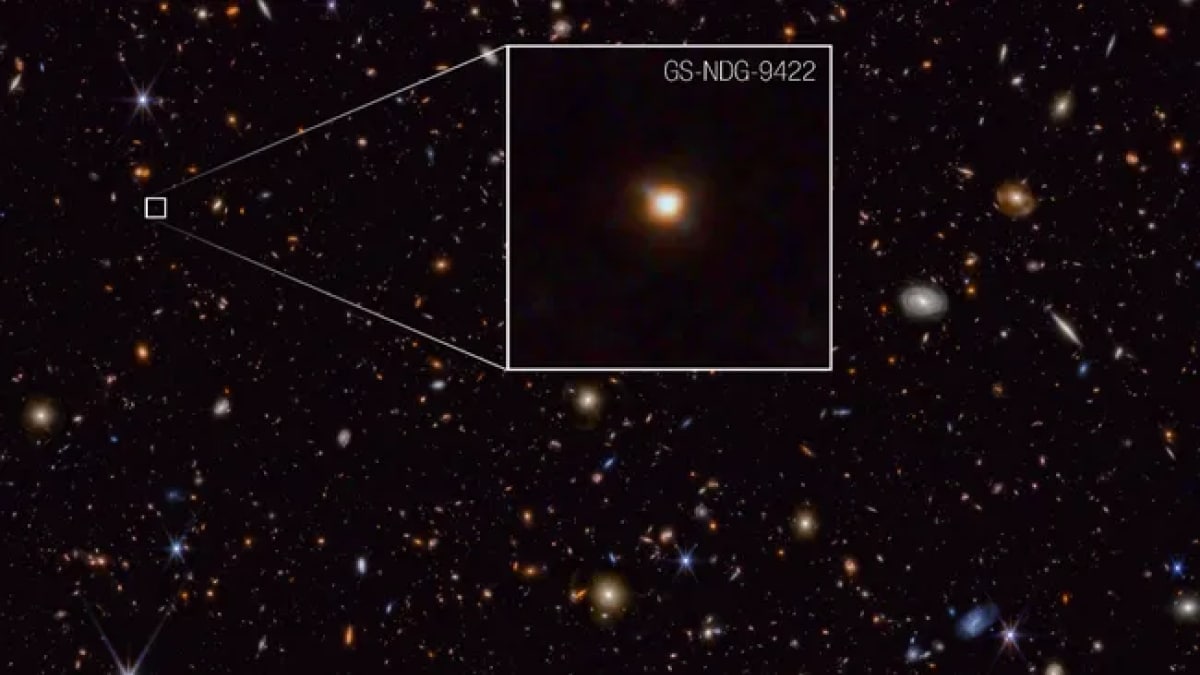The James Webb Space Telescope could explain how the universe came into being

The James Webb Space Telescope (JWST) has made another groundbreaking discovery: a distant galaxy that could hold the key to unlocking how the universe evolved in its earliest stages. Discovered about a billion years after the Big Bang, this galaxy offers a fascinating glimpse into a time when stars and galaxies were just beginning to form. This dust cloud is said to exist between fully formed galaxies where the stars outweigh the gases, and whatever happened before the Big Bang.
A galaxy like no other
One of the most intriguing aspects of this newly discovered galaxy is how its gas clouds outshine the stars. This rare phenomenon has attracted the attention of astronomers because it suggests that conditions in the early universe may have been different than previously thought. Normally stars shine brighter than the surrounding gas, but in this case the gas is so luminous that it dominates the galaxy’s light profile.
This strange feature could provide clues about how stars interacted with their environment during this period of cosmic history. The study details of the discovery were published in the October issue of Monthly Notices of the Royal Astronomical Society.
Unusually hot stars
In addition to the bright gas clouds, the galaxy is also home to stars that are much hotter than this one found in more modern galaxies. These stars, despite their extreme heat, contained heavier elements, unlike the very first stars in the universe, which consisted mainly of hydrogen and helium. This discovery could provide crucial insights into how the universe transitioned from its first, simple stars to the more complex galaxies we observe today.
Rewriting cosmic history
With the advanced observational power of the James Webb Telescope, scientists can now look further back into the universe’s past than ever before. This galaxy represents just one of many discoveries expected to reshape our understanding of early cosmic evolution. As researchers continue to investigate galaxies from this period, they hope to piece together how stars, galaxies and other cosmic structures emerged from the chaos of the early universe.




